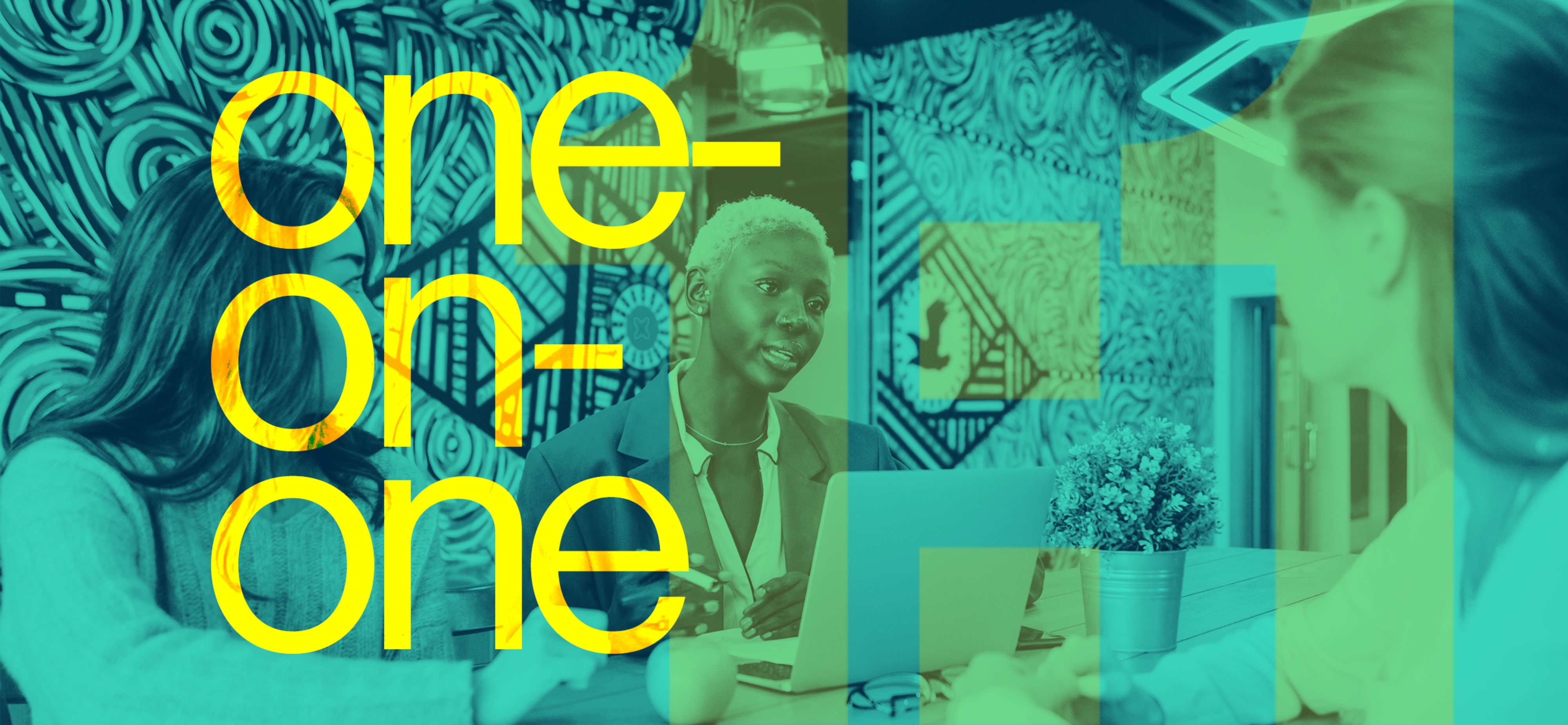
When we propose user research to our clients, the first thing they often think of is a survey. User surveys are one tool in our user research toolkit, but not anywhere near our favorite.
We want face time.
In our experience, the most powerful user research is when you can speak directly with users. You almost always learn more than what a standard survey or other unmoderated methods can tell you. Even one-to-one research done over a video call is far superior to not having that dialogue.
But just being in the same room or on the same call isn’t enough. When you really want to get to know your users, the best way is by talking with them. Naturally, person to person. Not just running through a script but diving deeper to better understand each person and what motivates them. We want to learn the "why" and not just the "what."
I’ve seen the benefits frequently enough that I always emphasize the importance of talking directly with users when discussing research options with clients.
One of my favorite moments when conducting feedback sessions or moderating a usability test is when you make a real connection with the participant. When they recognize you’re genuinely interested in their experience and insights, you gain greater understanding than you otherwise would have. That knowledge helps us build better, more useful websites, applications, or other digital solutions, on the first try. And that’s very good for your project’s bottom line.
The benefits of moderated and interactive research approaches are significant.
Instantly Follow Up On Interesting Comments
Surveys and other unmoderated research techniques can be a valuable way to quickly get data, but you miss any opportunities to follow up with the person. With moderated research, you can ask follow-up questions and encourage them to expand on what they’ve just said: “Oh, that’s interesting! Tell me more about that.”
Follow-up questions can also be clarifying. You might learn that the participant meant something different than your interpretation, or initially worded their response a bit poorly. This lets you expand on what they said and improve your ability to report findings. The opportunities for further back-and-forth help reveal and provide more nuanced data to directly benefit development efforts around your site, app, product, or service.
Build Brand Loyalty
Not every company asks its customers what they think or how things could be better. Besides adding risk to every product or service, this is a missed opportunity. I’ve heard regularly from participants how much it means to them that the company or service is doing this research. They feel it shows the company genuinely cares about their customers.
Even if you’re not able to directly implement any of the customers’ ideas or grant their wishes for improvements, the fact that you took the time to ask is impactful, and can tip the scales toward increased brand loyalty, without spending a single marketing dollar.
Build Stakeholder Empathy
For internal stakeholders, the end user or customer can feel far away, almost an abstraction. People tend to focus on “what” they’re doing, without necessarily understanding the “why” or “for whom.” It’s hard to have empathy for a nameless, faceless customer.
Moderated research efforts offer the opportunity for your internal team to be a “fly on the wall” and listen to what your customers are actually saying. It humanizes your customers. They become individuals, with unique wants, needs, and motivations. A whole new landscape of nuanced understanding opens up – you can see delight on the customer’s face; you can hear the frustration in their voice. You’re not just reading about their feelings, you’re observing them, first-hand.
You can often also get a direct glimpse into their life. Because digital is so tightly interwoven with our day-to-day, a participant’s life and individual circumstances can directly influence the journey they have with you, your product or service. Perhaps the conversation is happening while they’re on a break from their job, or at home with family. Or, in the case of moderated field studies, you may actually get a walkthrough of their day-to-day, live and in full color.
While every research effort will result in shareable findings, this empathy-building opportunity is significantly amplified when stakeholders are able to observe sessions, either as a direct participant, or via recording.
We’ve been fortunate to work with many clients who understand the value and benefit of moderated user research techniques. One of those is Roastar, a digital printer and manufacturer of flexible packaging from Wausau, Wisconsin. The Roastar team started bringing in internal team members to observe customer interviews, and found it was a great way to foster better customer empathy and understanding within their internal teams.
“It was valuable and eye-opening to listen in on some of these research sessions and hear feedback and insights straight from our customers,” said Will Reif, President of Roastar. “There’s definitely nuance there that you really can’t get from a survey or analytics.
“I think we came away from these sessions with a much better understanding of what’s important to our customers, what maybe causes them frustration, and where we can improve to better meet their needs. I’d advocate for including in-person, qualitative research as part of any significant digital project and/or ongoing voice of customer efforts.”
How Can Moderated User Research Benefit Your Business?
Our experience has shown the best customer research is a holistic combination of moderated and unmoderated techniques. A healthy mix of qualitative and quantitative allows you to layer human insights over raw results and findings for a more comprehensive view of your users.
Interested in learning how investing in user research can help enrich your digital product or service development projects, foster greater brand loyalty, and help build customer empathy with your internal teams? Drop us a line; we’d love to have that conversation and find the best research fit for your needs.